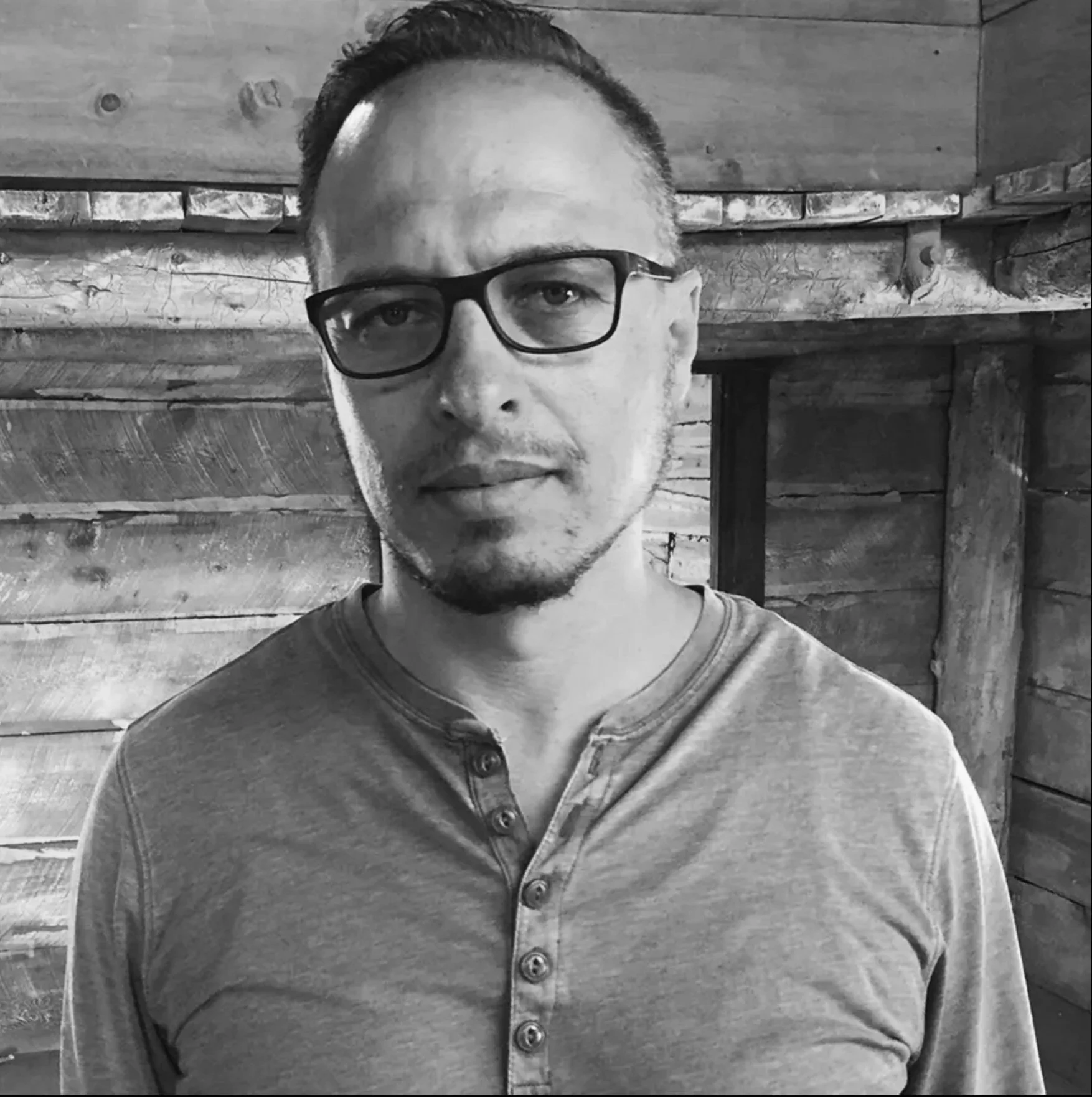Pablo Santiago is a Mexican-American lighting designer. Born in Chiapas, Mexico, Pablo moved to the United States as a teenager and studied filmmaking at University of California, San Diego. After spending fifteen years working on major motion pictures, Pablo returned to school to earn a MFA in Theatrical Lighting Design from UCLA. He is the winner of the Richard Sherwood Award and Stage Raw Award and a four-time Ovation Award nominee. Pablo is proud to have long standing collaborations with many great artists. James Darrah Breaking the Waves, Threepenny Opera, Ellen Reid Pulitzer Prize-winner p r i s m, Desert In, Jose Luis Valenzuela Destiny of Desire, Mac Beth, Missy Mazzoli Proving Up,Breaking the Waves, Bill Rouch Mother Road, Patricia McGregor Skeleton Crew, Place, Good Grief, Ted Hearne Place, Christopher Rountree Sound Box, Proving Up, Flight, Giustino, Adam Rigg Lord of Cries, Rev 23, p r i s m, Yuval Sharon War of the World, Galileo, Die Walkure.
Pablo has designed for companies such as Santa Fe Opera, LA Opera, San Francisco Symphony, Oregon Shakespeare Festival, and Beth Morrison Projects. Some of the amazing venues he has worked at include Teatro Municipal São Paulo, Kennedy Center, BAM-Harvey Theater, Goodman Theater, Denver Center and Arena Stage in DC. To learn more about his work history please see Pablo's resume here.
Pablo obtained a BA in Visual Arts at UCSD (Phi Beta Kappa National Honor Society) and his MFA in Lighting Design at UCLA, where he obtained Magna Cum Laude honors and won the Cirque du Soleil Grant.
Artist Statement
In my work I search for images that are evocative, visceral and embody the emotional moment of the show. Images that can spark the imagination of the audience to worlds beyond the stage and to the interiority of each member of the audience and how it relates to the work being presented on-stage. Generally, I am less interested in naturalism and more in the abstraction of the moment and how this can be a more direct dialogue with the audience and to give performers a platform for their performances to soar. I am more interested in lighting environments that characters inhabit rather than lighting actors in a scene. Environments that are not always, necessarily, evenly lit. This gives the performer the ability to move in the environment and create different looks as they move. So the performers themselves can create “lighting cues within the same environment” and to give the performer the power to use light as part of the tools they use on stage.
The collaboration with other designers, directors and performers is key to creating full and impactful moments on-stage and/or in the theatrical space. I don’t believe that moments are about lighting design, however, I don’t believe in lighting that is passive and/or just the illumination of the stage or performers. The light needs to have a point of view and needs to be rooted in the dramaturgy and emotional arc of the work.
Two prime directives I tend to follow come from two directors that have become close collaborators with over the years and have influenced my work and have pushed me to be better.
Jose Luis Valenzuela told me: “The light has to have tension, this way the audience will continue to investigate the stage, continue to be engaged. Don’t get trapped by what is beautiful. Beautiful can be boring.”
James Darrah says: “Don’t always go for the obvious answer in lighting. Show us something with light we haven’t seen before. Find a lighting design that has plasticity and beauty but also pushes the form forward. Who cares what time of the day it is or whether it is interior or exterior. Does it reach the soul? Is it next level?”
